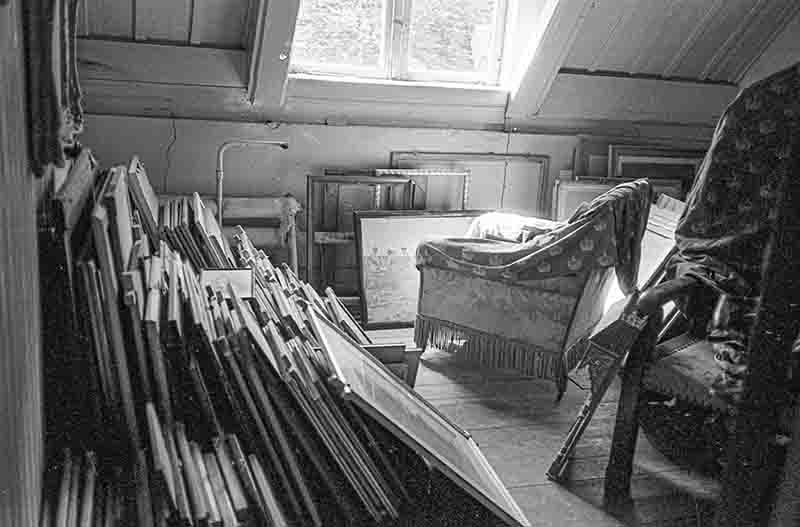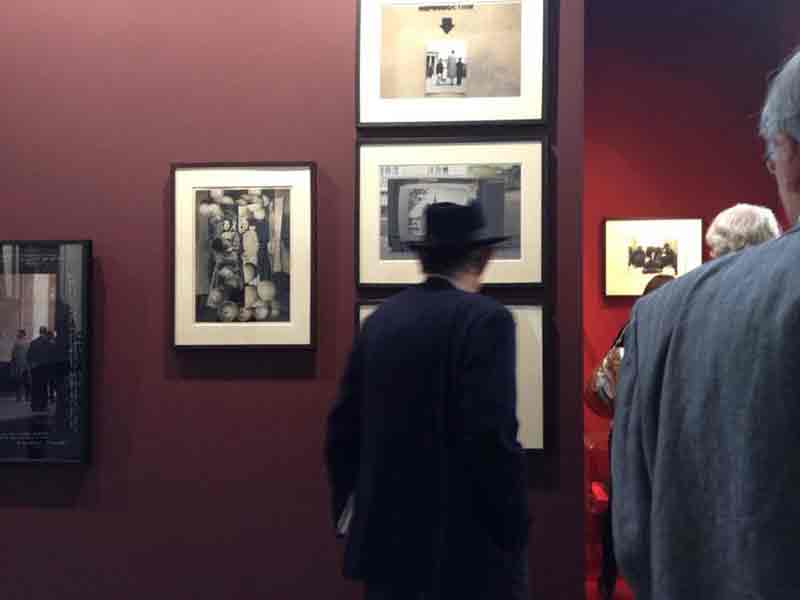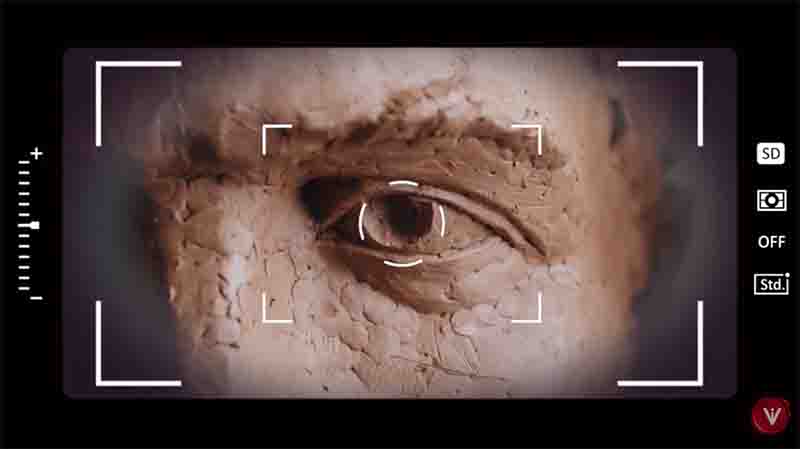Selecting photos for you
A photo curator is a professional who is responsible for managing and organising a collection of photographs, researching and contextualising the images, and presenting them in exhibitions and public programs. They play a vital role in preserving and promoting the history and cultural significance of photography.
The selection of photos published by Visual Independence are collected, researched, analysed, compiled and published by art photography curators. The selection of images is a methodical process of identifying photos from countless archives that fit a specific theme. In this process, our curators search for and combine the best photos for a specific topic. We pick the photographs that are meaningful to you and arrange and showcase the works in an engaging and captivating way.
Discover the hidden stories behind iconic photographs
A photo curator is a professional who is responsible for managing and organizing a collection of photographs, either for a museum, gallery, or other cultural institution. The role of a photo curator involves a wide range of responsibilities, including acquiring new photographs for the collection, researching and contextualizing the photographs, and presenting the photographs in exhibitions and other public programs.
From acquisition to exhibition
One of the main responsibilities of a photo curator is to acquire new photographs for the collection. This can involve purchasing photographs from artists or collectors, negotiating loans of photographs from other institutions, or accepting donations of photographs. The photo curator must also be knowledgeable about the market for photographs and be able to make informed decisions about which photographs to acquire for the collection.
The role of a photo curator
Another important role of a photo curator is to research and contextualize the photographs in the collection. This can involve conducting extensive research on the photographers, the historical and cultural context in which the photographs were taken, and the techniques and materials used to create the photographs. The photo curator must also be able to communicate this research to a wide audience, through exhibitions, public programs, and other educational initiatives.
The work of a photo curator
Finally, the photo curator is responsible for presenting the photographs in exhibitions and other public programs. This can involve working with designers and other museum staff to create engaging and informative exhibitions, as well as developing educational materials and public programming related to the photographs. The photo curator must also be able to work with the media and other stakeholders to promote the exhibitions and public programs and ensure that they are well-attended.
Overall, the role of a photo curator is multifaceted and requires a wide range of skills and expertise. From acquiring and researching photographs to presenting them to the public, the photo curator plays a vital role in preserving and promoting the history and cultural significance of photography.
Until Photography
In the domain of art, each creation is unique, and knows little progress thereafter. Arising over time are all sorts of variations of the same themes, sometimes full-bodied, often quite bland.
But the force existing at the beginning of the work is rarely maintained. Similarly, when this force is reapplied, the action produced in the artwork becomes automated and mechanised, so much so that the dulled senses fail to respond to the medium.
The time is then ripe for a new invention. What we call the technique is inseparable from the art. And so we are wanting, and this is not a trivial matter, to do away with some ideas.
Gutenberg, the inventor of movable type, printed by this means a handful of books, which still remain supreme as realisations of the art of book typography.
The centuries which have succeeded him were not marked by any other major invention in this field of interest – until photography.
🚨 El Lissitzky, Gutenberg Jahrbuch 1926

A capture from the attic of the last German Emperor in Doorn, Holland. Kaiser Wilhelm II was one of the first photography aficionados. Hence the term "Kaiserwetter"

The Visual Independence historical image collection consists of a cross-section of the world's finest photographic art.

To discuss the starting point of photography and how photography was born, it is necessary to step far back into the evolution of humankind.
✅ Subscribe and become a channel member